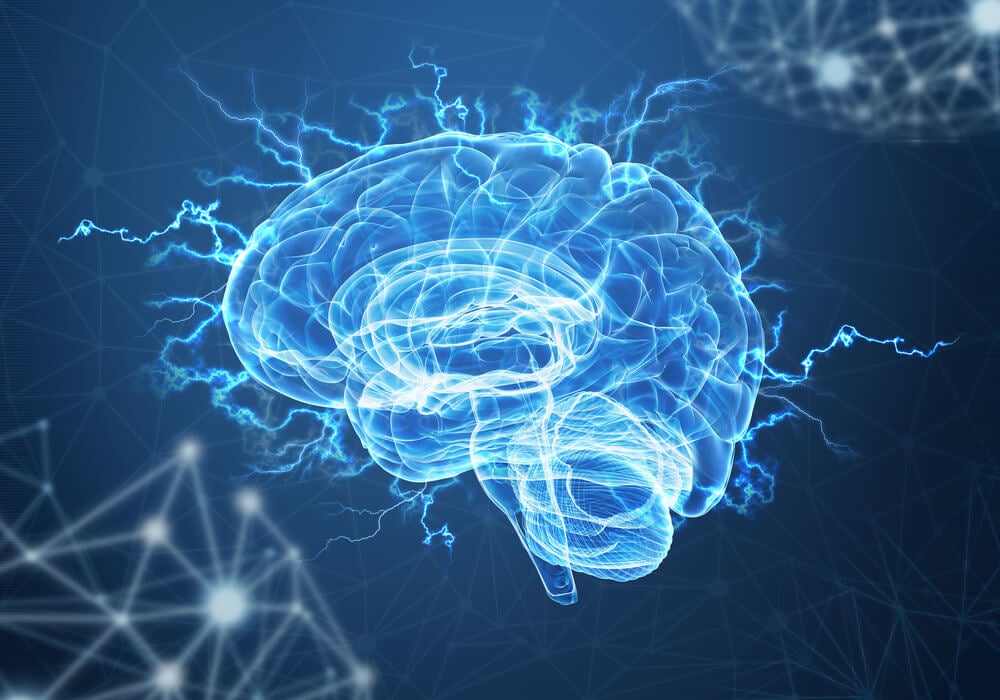The brain ages in the same way as the other structures and systems in our body, however, there are people who seem more affected by the passage of time than others, not only are we talking about the physical and aesthetic aspect, but also your personal abilities.
Why did this happen? And, more importantly, what can we do about it, are there some people more likely to grow old or do we have tools available to delay the effects of the passage of years on our bodies?
- It seems that the answers to explain the mystery of brain aging are in our genes.
- Researchers from the Babraham Institute in Cambridge.
- UK.
- And Sapienza University in Rome.
- Italy.
- Found answers exploring our genetic code and its influence on the complex mechanism of cognitive decline that occurs with age.
It is true that we already know a lot about what happens when the brain ages, for example, we already know that neurons deteriorate and die, but they are replaced by other new neurons, a process that is facilitated by a cell type, neural stem cells (NSCs). It is a type of nervous system cell that can regenerate and give way to progenitor cells.
However, over time, cells become less functional, which makes our brain, which is also made up of cells, but what causes these cells to age?What exactly are the molecular changes responsible for deterioration?These are the questions that the researchers mentioned have tried to elucide.
Before finding out why the brain ages, let’s see what brain aging is all about, brain aging is inevitable to some extent, although it is not uniform in the population, it affects everyone, but it affects each brain differently. of the brain or to stop it completely would discover the elixir of the life, reaching the eternal youth.
The human brain contains about 100 billion neurons interconnected by billions of synapses. Throughout our lives, our brain changes more than any other part of our body. From the moment the brain begins to develop, from the third week of gestation to old age, its complex structures and functions gradually change.
In the first few years of life, a child’s brain forms more than a million new neural connections per second. The size of the brain increases four times during the school period and, by the age of 6, reaches about 90% of the volume of an adult brain.
Frontal lobes, which are the areas of the brain responsible for executive functions such as planning, working memory and inhibitory control, are one of the last areas of the brain to mature; in fact, it may not be fully developed until the average age. 35.
However, we have reached a stage of life where we are starting to age, as we age, all of our body’s systems gradually decrease in capacity and performance, the brain could not stay out, so some changes in certain functions, such as memory, are associated with normal aging.
The most common memory changes associated with aging, even normal, include:
While some studies show that a third of older people struggle with episodic declarative memory, a type of memory related to facts and events in our personal lives, which are stored at a time in life and can be accessed later, other research indicates that one-fifth of 70-year-olds undergo cognitive tests , as well as those of 20.
Commonly identified changes during brain aging include
Now that we know what happens as the brain ages, let’s go back to the research we mentioned at the beginning of this article to discover the role of genes in this process. Apparently, according to researchers, a gene called Dbx2 could explain brain aging. .
Did researchers compare genetic changes in stem cells or progenitor cells (NMNS) of older laboratory mice (18 months) and young (3 months) In doing so, have they identified more than 250 genes that have changed their behavior over time, meaning that these genes are likely to cause indicated cell dysfunction.
After reducing the scope of their research to analyze these 250 genes, scientists noticed that increased gene activity called Dbx2 seemed to alter aging MSCLC. They conducted in vivo and in vitro experiments that revealed that increased activity of this gene in young NSPC causes them to behave in the same way as aging stem cells. Increased activity of the Dbx2 gene has prevented NSPC from growing and proliferating, as young cells can.
In addition, in older NSPCs, researchers have identified changes in epigenetic marks that may explain why stem cells may deteriorate over time. If we consider our DNA as an alphabet, epigenetic marks are like accents or intonations, because they determine how our cells should read in this research, scientists discovered how these marks are placed differently in the genome, telling NSPCs that they should grow more slowly.
With this research, scientists have shown that these changes can contribute to brain aging by slowing down the brain renewal process. Researchers still hope that these findings will one day lead to a reversal of the aging process. at least in mice, scientists hope to identify ways to detect the decline of neural stem cells.

